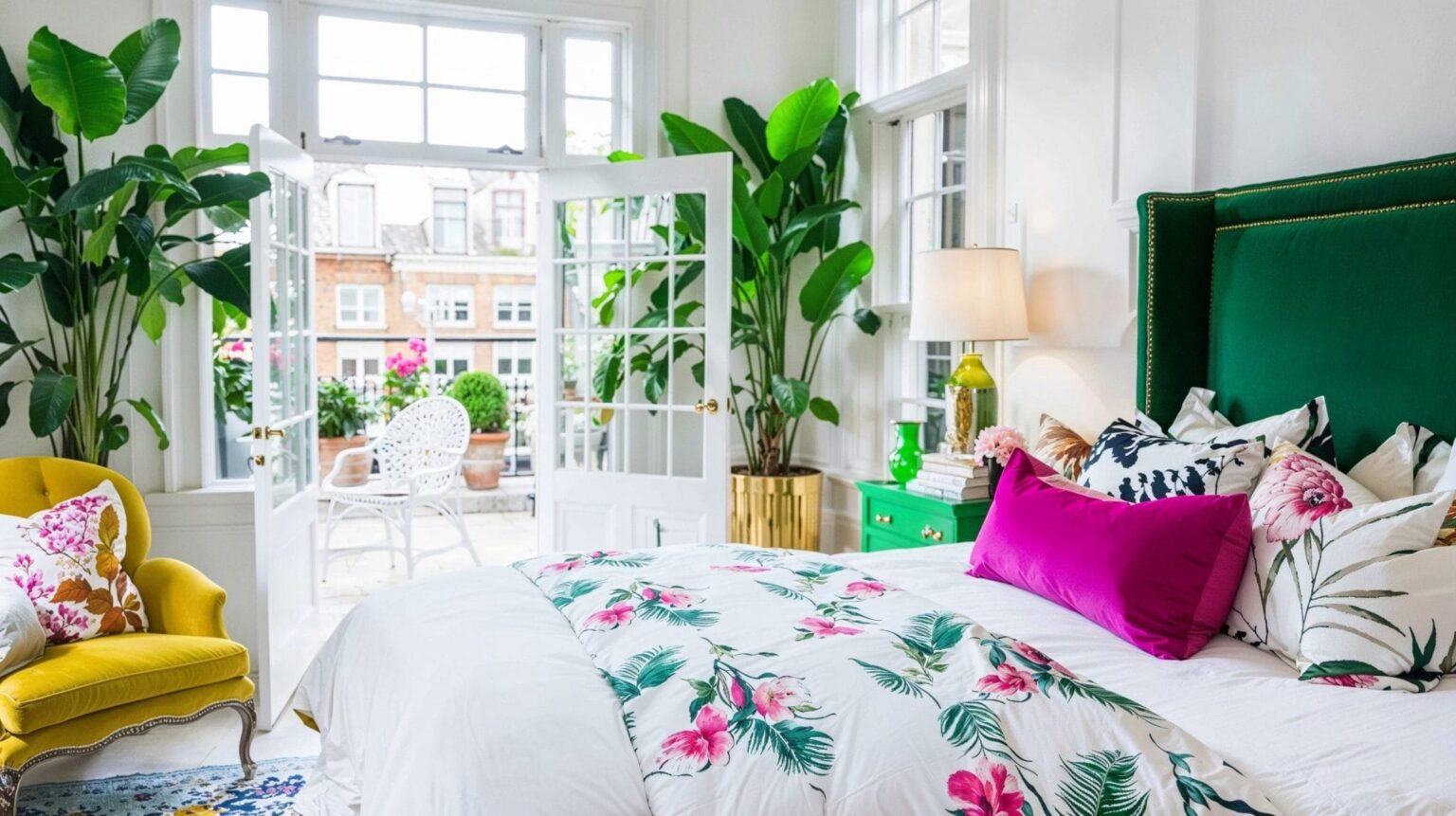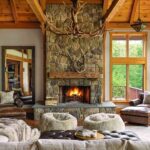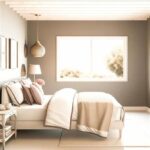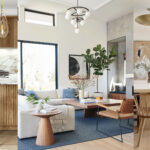Creating the perfect bedroom starts with understanding the ideal size for comfort and functionality. Whether you’re designing a new home or renovating, this guide provides comprehensive insights into bedroom sizes, influencing factors, and modern design trends in 2025.
Standard Bedroom Sizes
The size of a bedroom varies depending on the home type, location, and intended usage. Below are the common dimensions:
Small Bedrooms
- Minimum Size: 7 x 10 feet (70 sq. ft.)
- Common Use: Guest rooms, small apartments, and compact living spaces.
- Considerations: Small bedrooms require strategic furniture placement, space-saving solutions like wall-mounted shelves, and multipurpose furniture such as foldable beds and desks. More ideas on optimizing compact spaces can be found in Furniture & Space Optimization Tips.
Standard Bedrooms
- Average Size: 10 x 12 feet (120 sq. ft.)
- Common Use: Secondary bedrooms in homes and apartments, suitable for children or young adults.
- Considerations: Standard bedrooms can accommodate a full or queen-sized bed, a small wardrobe, and a study area. Proper lighting and smart storage solutions can maximize space. For inspiration, check out Interior Design Inspiration.
Master Bedrooms
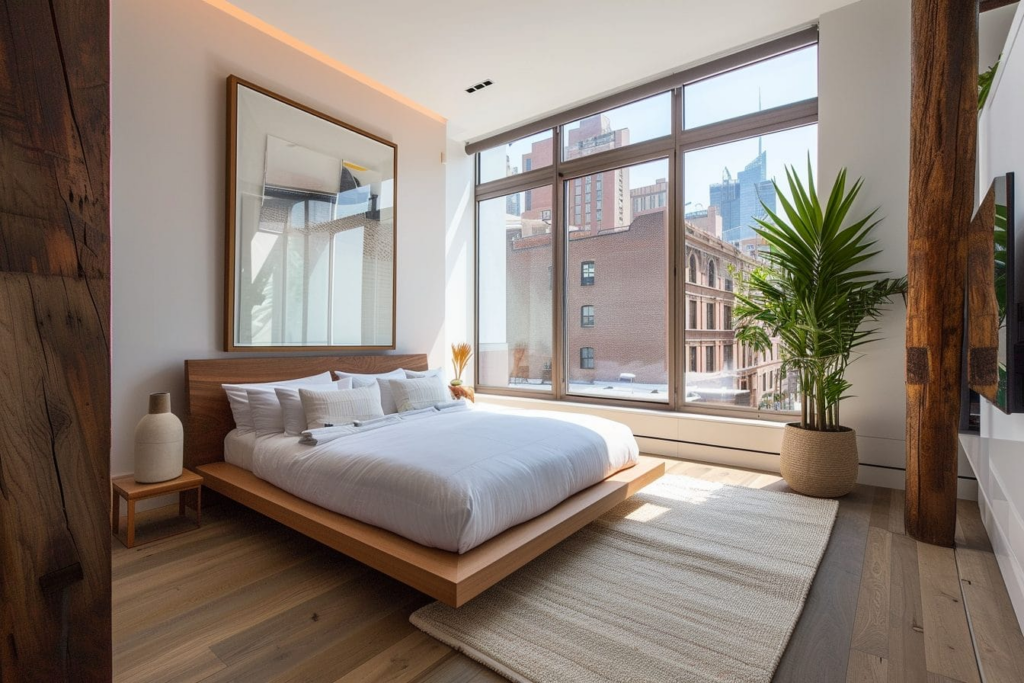
- Average Size: 12 x 15 feet (180 sq. ft.) or larger.
- Common Use: Primary bedrooms with additional space for furniture and amenities, often including an en-suite bathroom.
- Considerations: Master bedrooms can feature walk-in closets, a seating area, and smart home integrations for enhanced comfort. Large windows for natural light and ventilation are highly recommended. Explore the latest Home Design Trends 2025 – Architectural Digest for more ideas.
Factors That Influence Bedroom Size
Several factors determine how large or small a bedroom should be:
- Local Building Codes & Regulations – Many cities and states have minimum bedroom size requirements to ensure livability and compliance with safety standards.
- Home Layout & Space Availability – The overall size of the home influences bedroom dimensions. In larger homes, bedrooms tend to be more spacious.
- Furniture Needs – Bedrooms should be designed to accommodate essential furniture like a bed, wardrobe, nightstands, and desks while allowing enough free movement.
- Storage Requirements – Built-in wardrobes, under-bed storage, and closet space are crucial factors in determining bedroom size.
- Lifestyle Considerations – Some people prefer larger bedrooms to include additional seating, entertainment zones, or workspaces, especially in the era of remote work.
Modern Trends in Bedroom Design (2025)
The way we use our bedrooms is evolving with changing lifestyles and technological advancements. Here are some key design trends shaping bedroom spaces in 2025:
- Multifunctional Spaces: Bedrooms are increasingly doubling as workspaces, reading nooks, or mini-lounges. Foldable desks, modular furniture, and partition screens help create distinct zones within the room. Learn more about Smart Home Innovations for Bedrooms.
- Minimalist Aesthetics: Simplicity in design is gaining popularity, with built-in storage, clutter-free spaces, and neutral color palettes making rooms feel more open and spacious.
- Smart Home Integration: Bedrooms now feature smart lighting, voice-controlled temperature settings, automated curtains, and even AI-powered sleep tracking for a personalized experience.
- Sustainable Materials: Eco-conscious homeowners are opting for natural wood, bamboo furniture, non-toxic paint, and energy-efficient lighting to create environmentally friendly bedroom spaces.
- Biophilic Design: Bringing nature indoors with indoor plants, large windows for ample natural light, and earthy tones enhances relaxation and improves sleep quality.
- Flexible Lighting Solutions: Layered lighting, including dimmable ceiling lights, bedside lamps, and LED strips, allows customization of ambiance based on mood and activities.
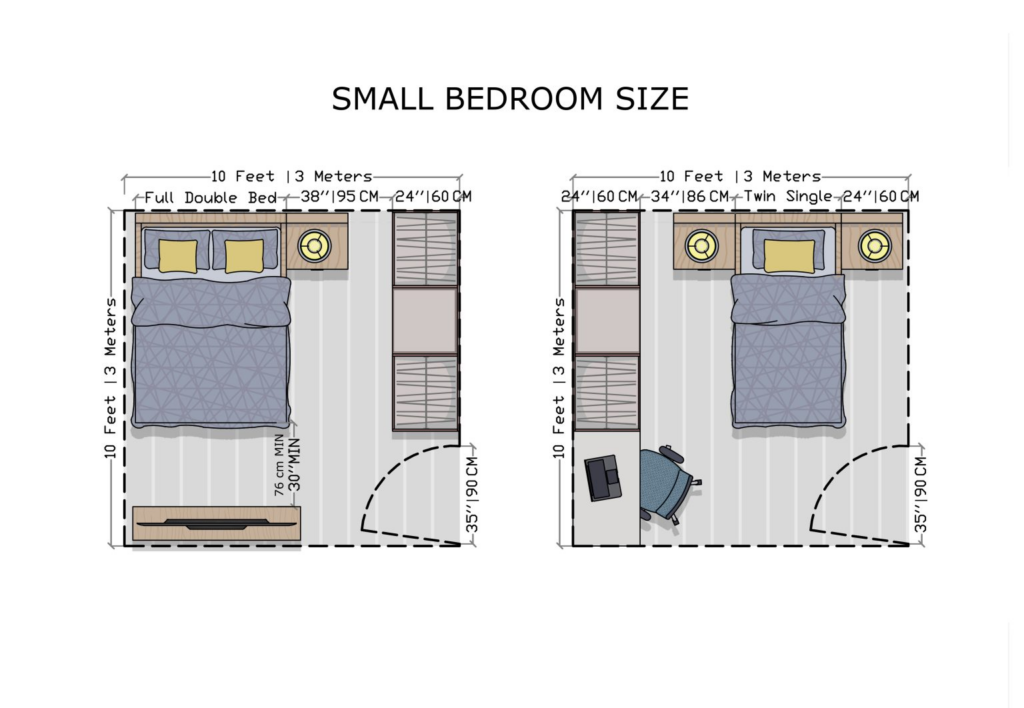
Final Thoughts
A well-designed bedroom is a balance between size, functionality, and aesthetics. Whether you’re working with a compact space or a spacious master suite, thoughtful planning is key to achieving comfort and efficiency. Consider your lifestyle, storage needs, and modern trends while designing your bedroom to create a relaxing and versatile environment.
Also Read : 12 Dreamy Romantic Room Ideas to Create a Love-Filled Home This Valentine’s Day

